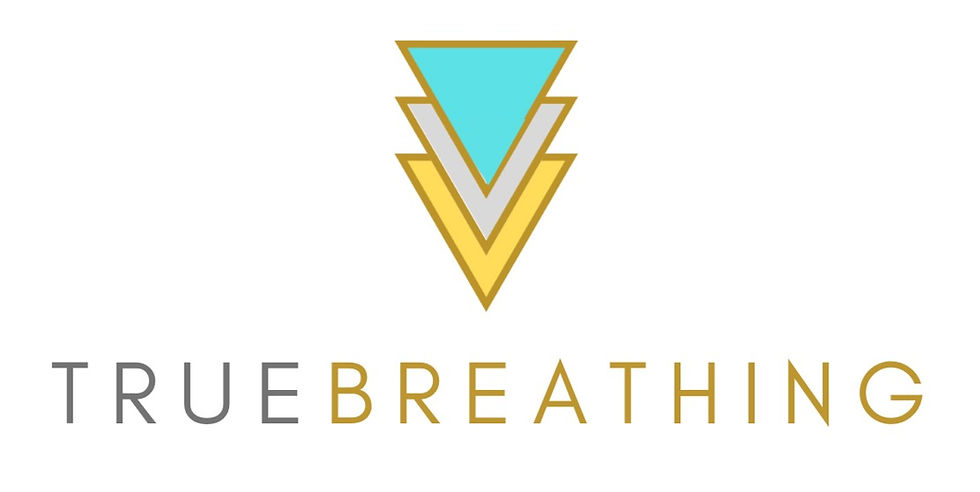Guest Writer: True Breathing, The Physiological Cause of Anxiety
- Amy
- Jan 12, 2023
- 3 min read
Updated: Sep 16, 2023
Please enjoy reading this article by the guest blogger, Michael Jorge, who runs True Breathing. He is a breathwork coach offering one-on-one guidance in improving your breathing skills and helps to bridge the gap between Spirit and Breath.
Anxiety had been on the rise for years before the pandemic started, but when COVID arrived, anxiety became a problem of epic proportions.
There are many well known physiological causes of anxiety including heart disease, diabetes, thyroid, parathyroid and adrenal gland conditions. These must be ruled out before anxiety is treated as a psychological condition. However, there’s one physiological cause of anxiety that is far more common and is rarely diagnosed: chronic hyperventilation syndrome.
While it is a well known fact that acute hyperventilation causes panic attacks, the role that chronic hyperventilation plays in anxiety and panic disorders is less well understood. Most of us are familiar with the image of someone who is having a panic attack breathing into a paper bag to recover from the attack, but do you know why it works?

When someone is experiencing a panic attack, the hyperventilation depletes the body of carbon dioxide, which is essential for proper oxygenation of the body’s tissues.
The Bohr effect is a physiological phenomenon that plays a big role in anxiety, and chronic disease in general: as carbon dioxide levels rise in the blood, hemoglobin more easily releases oxygen into the body’s tissues and inversely, as carbon dioxide levels fall, oxygen binds more tightly to hemoglobin, reducing oxygenation at a cellular level.

When someone is hyperventilating, their carbon dioxide levels are getting too low for oxygen to efficiently be released from red blood cells, thus constricting blood vessels and decreasing oxygenation of the brains tissues due to increased binding affinity of hemoglobin.

Decreased oxygen in the brain causes neurons to randomly and uncontrollably fire, creating a racing, anxious mind. While most of us are familiar with the extreme hyperventilation associated with a panic attack, few people are aware that chronic low-level hyperventilation leads to anxiety. Someone with an anxiety disorder is breathing more than is healthy, and by learning to breathe less they can quiet their mind.
Breathing and anxiety are a two way street. Research shows us that thinking anxious thoughts increases respiratory rate and volume, and research also shows us that reducing the respiratory rate and volume quiets anxious thoughts.

Thus, the best approach to reducing anxiety is a two-pronged attack: a cognitive approach like Buddhism, Stoicism or cognitive behavioral therapy can be used to modify anxious thought patterns, while learning to breath less combats the physiological cause of anxiety: insufficient oxygen in the brain. Although both approaches are effective, it appears that getting out of the mind and focusing on the breath is the more effective of the two approaches, particularly when it comes to acute anxiety.
Reduced breathing exercises can bring instant relief to a noisy, anxious mind. With sustained practice, the benefits become even more profound; when the automatic breathing rhythms begin to slow down, the new reduced respiratory volume can properly oxygenate the brain and prevent anxious thoughts from occurring in the first place.
If you’re interested at an in depth look at the relationship between breathing and psychology, I highly recommend reading “Behavioral and Psychological Approaches to Breathing Disorders” by Beverly Timmons and Ronald Ley.
I used to deal with anxiety, but practicing reduced breathing meditation has quieted my mind and improved my life in countless ways. On those rare occasions when I notice myself feeling anxious, I turn my attention to my breath, quieten my breathing, and within a few minutes I experience a calm, quiet mind.
One of my favorite breathing teachers, Patrick McKeown, once said “quietening my breathing is the best thing that I have ever done.” I also believe it is the best thing that I have ever done, and that is why I have devoted my life to teaching this method.

If you would like to read more about the relationship between Meditation and Breathwork, feel free to visit my substack article "On the Importance of breathing less."
Thank you for reading, and please reach out with any questions or comments you may have.
Thank you,
Michael Jorge



Comments